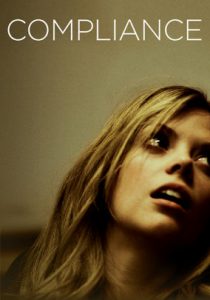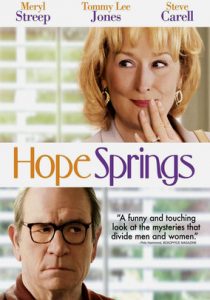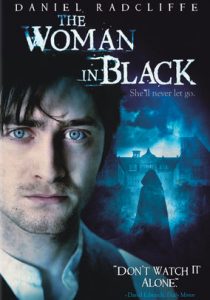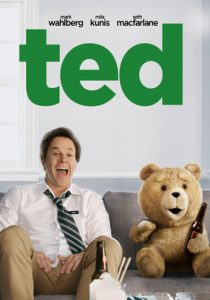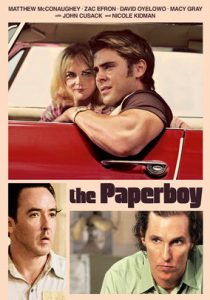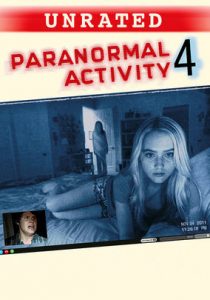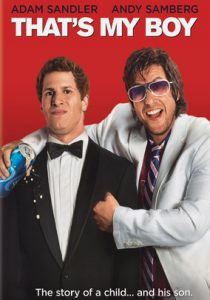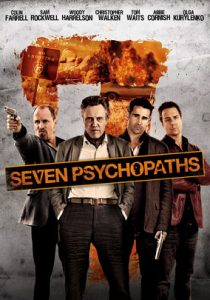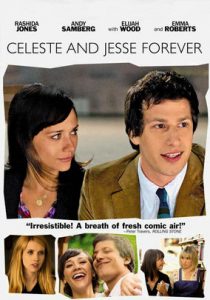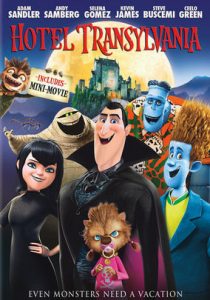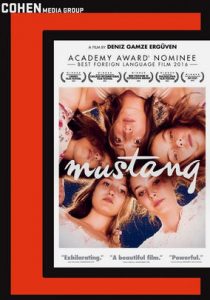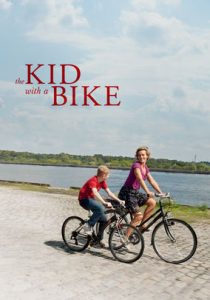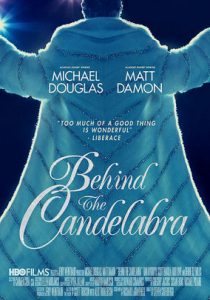Dirty Grandpa-2016
Director Dan Mazer
Starring Robert De Niro, Zac Efron
Scott’s Review #432

Reviewed June 29, 2016
Grade: D-
It’s a sad day when the only interesting aspect of a film is the gratuitous nudity of one of its stars, but that is precisely the case with Dirty Grandpa (2016).
Zac Efron bravely bares all for the sake of art….or a big paycheck, whichever the case may be.
Otherwise, Dirty Grandpa is complete drivel.
It is crass, rude, mean-spirited, and blatant in its raunch. It also aspires (successfully) to be politically incorrect, quite surprising in these times of fairness and equality for all.
If the film intends to be outrageous, it succeeds in spades.
Unfortunately, there is not much comedy, and the film is quite bad, even where dumb comedies are concerned.
Starring one of the film’s most extraordinary talents of all time, Robert DeNiro, one wonders why he would sign on to appear in this film. Perhaps it has to do with playing a role he has yet to do. We will probably never know unless we ask him.
DeNiro plays Dick Kelly, a retired Army veteran, recently widowed after forty years of marriage. Faithful for decades, he embarks on a road trip to Daytona Beach, Florida, with his grandson, Jason (Efron).
Dick’s goal is to conquer a slutty college girl he and Jason meet while they are eating at a roadside diner.
Lenore (Aubrey Plaza) is a college girl with her friend Shadia (Zoey Deutch). Shadia knows Jason from school. To complicate matters, Jason is engaged to self-absorbed Meredith. This sets off a chain of circumstances in which each pair falls in love while arguing various trivial issues.
Thrown in are scenes of partying, acting silly, and outrageous crude remarks and behavior. The standard bathroom humor is not spared.
Dirty Grandpa’s subject matter is not uncharted territory; the “road trip/buddy movie” has been done many times in film history.
My gripe is not so much with the film’s raunchiness, but it is not funny. Over the top in raunch comedy, it has worked many times- think Pink Flamingos (1972) and other John Waters films.
But those films had characters to root for and who were interesting.
DeNiro’s character is the pits; Efron’s not so bad. The motivation of Dick Kelly is to have sex- almost like the guys in American Pie (1999), but with them, it was cute.
DeNiro plays a man in his 70s.
That is fine, but he is so blunt about his need for sex and whines about not having sex for fifteen years because of his wife’s cancer. So, the audience is to think of him as a nice guy because he waits for his wife to die to score on spring break.
Lame.
Efron is my favorite character. As mentioned above, he has a lot of skin, which is the most appealing aspect of this sorry film.
The chemistry between Efron and DeNiro is not terrible, and I bought them as a grandfather and grandson.
Efron is unafraid to poke fun at his beefcake image and deserves praise. He has a fantastic, chiseled body, and showing it off is good for him.
Efron has the talent. Does anyone recall The Paperboy (2012)? He was superlative in that underrated independent gem. In Dirty Grandpa, he plays the straight man and is the only “normal” character.
He is the voice of reason, if you will.
The supporting characters are as stereotypical as possible.
It is almost as if the film intends to offend but with no good reason. Dirty Grandpa has the dumb jocks, the horny teen girl, the weak, effeminate gay character, the Hispanic drug dealer, and so forth.
Danny Glover’s brief cameo appearance as a horny wheelchair-bound nursing home resident (and old buddy of Dick) is as much laughable (not in a good way) as forgettable.
Most characters are thinly written.
Dirty Grandpa (2016) appeals to unsophisticated moviegoers who find crude, mean-spirited characters funny and deem stock characters acceptable. Every other sensible person will dislike this film.
